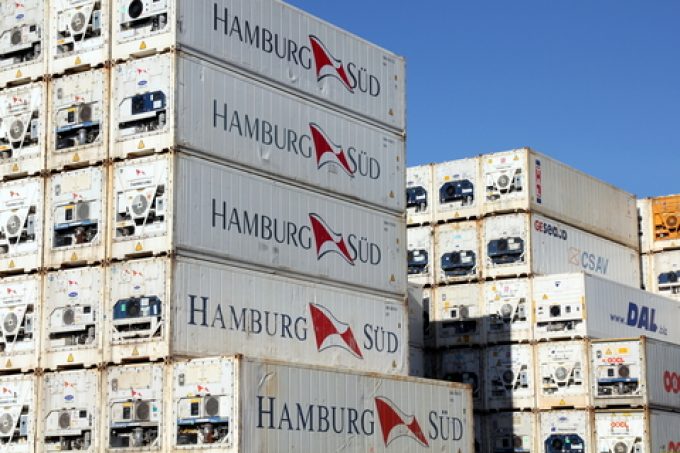Ocean rates rise after tariff pause acts as 'starting gun' for more front-loading
General rate increases (GRIs) give a “clear indication of ocean carrier intentions”, and raise alarm ...

The reefer trade is proving fairly resilient in the downturn, unlike dry cargo container rates, and although reefer freight rates have fallen, they have not collapsed.
Drewry said today that, although it expected a further softening on reefer container rates on east-west trades, it would be ...

Comment on this article